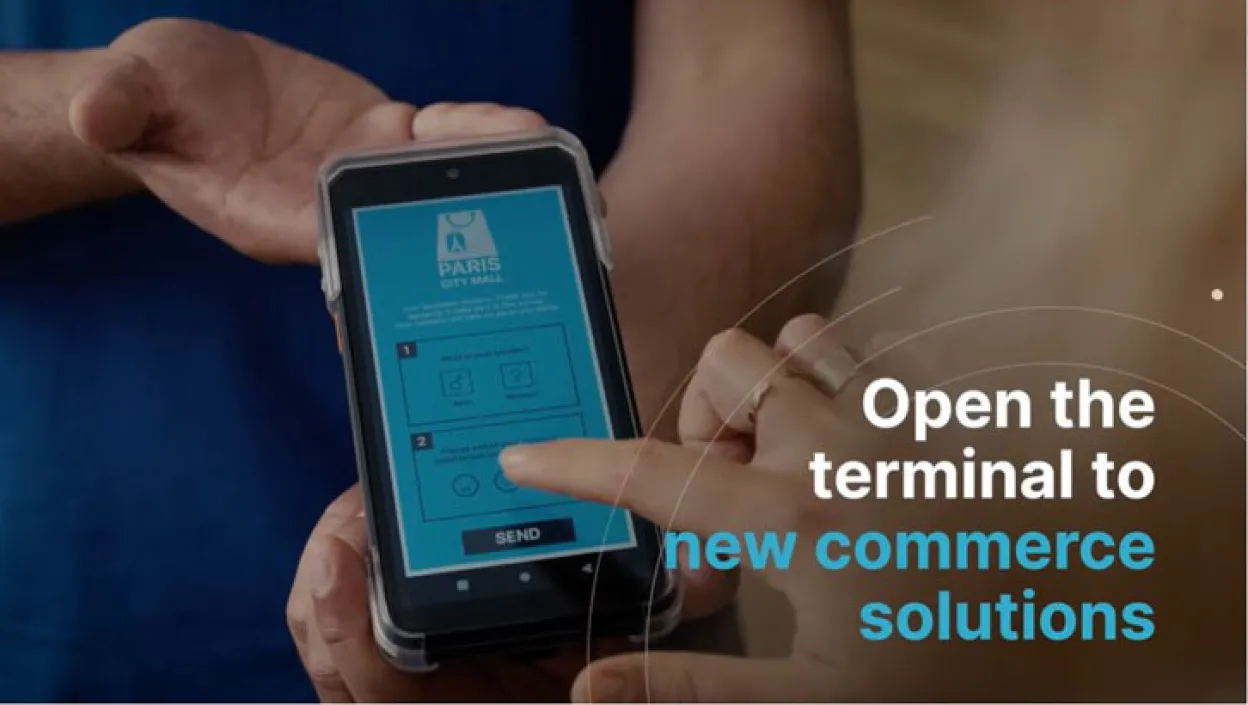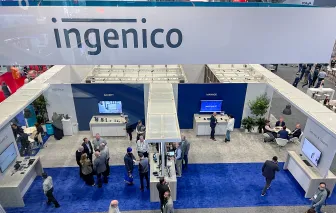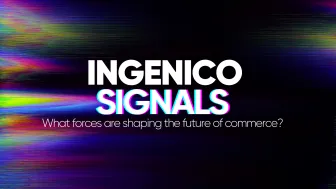The ‘as a service’ model is changing the way business works. And now payments specialist Ingenico has taken the concept to the next level. We spoke to Boris Ferlet, VP Sales & Marketing, for Terminals, Solutions and Services, about how the model is changing the payments ecosystem.
At the beginning of 2020, Japanese car manufacturer Toyota announced the launch of a new brand. But although the name, Kinto, sounded reassuringly Japanese this wasn’t some sleek new car. Instead, it offered “mobility services to users across Europe”. At launch, these services included car sharing, leasing and subscriptions. But in time Toyota expects to include a range of other services, including payment services made available through mobile apps.
Like every other major automotive manufacturer, Toyota is increasingly embracing a future in which it moves beyond making and selling cars, to being a provider of transportation-related services, some of which it provides itself, some through third parties. So, what has become known as Mobility-as-a-Service could one day mean Toyota offering its customers the ability to book a ride in a Toyota built autonomous vehicle, watch a movie while travelling on an in-car streaming service provided by Sony and pay for it all using Alipay’s WeChat.
Sounds fantastical? It’s not that far into the future. All the technology exists, it’s just a question of putting it together into a seamless customer experience. And that’s not as easy as it sounds.
Every cloud has a new subscription model
Subscribing to cloud-based services rather than purchasing products or licences is already part of our everyday lives in the digital age. Rather than buy music, we subscribe to streaming services such as Spotify; instead of a one-off fee for an office software package, now we pay monthly to use a cloud-based version that’s regularly updated.
Tech companies in the B2B space have become enthusiastic followers of the as-a-service model. According to a recent report by Gartner, software as a service is by far the biggest component of a growing public cloud services market that is currently valued at more than $250 billion globally. The benefits for customers are obvious. Instead of a one-off capital outlay with an annual maintenance fee, total costs are spread over time as an operating expense and subscription pricing lowers initial costs. For service providers, recurring billing brings more predictable revenue streams.
In the payments sector, subscription is already well established. The term Payments-as-a-Service is beginning to be used, even if it means different things to different people. Most of the developments have been around online commerce, allowing merchants to offer the latest payment methods, boosting their sales by seamlessly widening their acceptance options.
In 2021, online accounted for about 20 percent of all retail sales worldwide1, a number that is expected to rise and eventually plateau in the years ahead. But what about the other 80 percent? That’s where Ingenico is shaking up the payments world with a radical new model: Payment Platform as a Service (PPaaS).
The building blocks of a new payment ecosystem
PPaaS is a suite of payment and other services from which customers can pick and choose what they need and then easily integrate their choices using APIs. It’s cloud-based and device agnostic, meaning it will work with any payment terminal and consumer-facing endpoint.

Second, you’re not subscribing to an end-to-end bundled service, but to a catalogue of features that you activate to build your own package.
Just like when you set up your new mobile phone, you want to be able to customise it to how you live your life, so too for a merchant – or for the bank or ISV that serves them – when it comes to payments and the checkout experience they offer their customers. But with today’s technology that’s easier said than done and PPaaS sets out to change that.
With PPaaS, the building blocks include not just the expected standard payment services, but also so-called Alternative Payment Methods (APMs), commerce services such as loyalty programs, cashback or Buy-Now-Pay-Later (BNPL) and a range of management services that help payment players and their merchants run their business efficiently and at scale.
Expanding the world of payment for businesses everywhere
Ferlet says PPaaS will allow the traditional players in the payments space to deliver more services and compete with more agile competitors in an omnichannel environment without the cost of updating expensive legacy systems. Essentially, they can maintain full control over the merchant experience while tapping into a rich pool of resources that allows them to build new services and journeys quickly with little or no extra coding involved.
At the same time, for an increasing number of hardware and software players in the retail space, payments are becoming an important part of their proposition to merchants. But these players often don’t have the expertise or scale to leverage what the market has to offer in this fast-moving and complex area.
For them, PPaaS makes integrating payments easy – including accessing a portfolio of payment acquirers that are part of the PPaaS ecosystem. But it also gives access to new services that can help them boost their business (buy-now-pay-later, cashback, loyalty), protect their revenues (fraud prevention, identity checks), or generate new income streams (direct currency conversion, gift card activation…). And it’s a win-win proposition all round, with the companies providing those services gaining access to many more potential customers.
For more information on PPaaS watch the video below:

[1] Source: Statista











